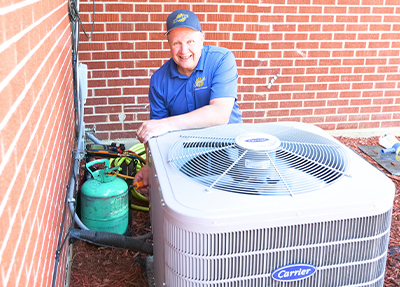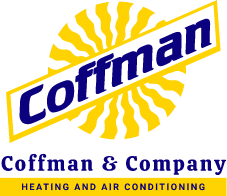
As the sweltering summer heat approaches, so does the fear of soaring electric bills caused by the extended use of air conditioners. But fear not! You can stay cool without breaking the bank by making minor changes and adopting energy-efficient habits.
1. Adjust Your Thermostat Wisely
How you set and use your thermostat can significantly impact your energy consumption and overall comfort. Experiment with different thermostat settings to find the highest temperature at which you and your family feel comfortable. Raising the temperature by a degree or two can lead to noticeable energy savings.
We also recommend you invest in a programmable thermostat or a smart thermostat. These devices allow you to set different temperatures for various times of the day, so you can automatically raise the temperature when you’re not at home or during sleeping hours.
Additionally, you can use zone-specific settings if your home has multiple floors or rooms with varying cooling needs. For instance, you can keep the upper floor warmer if it’s less frequently used, focusing more on cooling the main living areas. You can also schedule professional maintenance with us for your HVAC system. Properly maintained systems run more efficiently, ensuring your thermostat settings have the desired effect while minimizing energy consumption.
2. Utilize Fans Effectively
Ceiling fans are great for circulating air throughout the room. In the summer, ensure your ceiling fan is rotating counterclockwise when looking up at it. This creates a downdraft that provides cooling by causing the moisture on your skin to evaporate. You can also place fans near windows so as to ensure that they effectively pull in cooler air from the outside and push hot air out of your living space.
Placing one fan facing outward near a window on one side of your home and another facing inward near a window on the opposite side is also helpful. This creates a cross-ventilation effect, allowing fresh air to flow through your living areas. If you have air conditioning, consider using fans with your AC. By using fans to circulate cool air, you can distribute adequate chilled air throughout your home more efficiently, allowing you to raise the thermostat settings without sacrificing comfort.
3. Seal Air Leaks
Begin by identifying potential sources of air leaks in your home. Common areas include windows, doors, electrical outlets, baseboards, pipes, and vents. Remember to check less obvious places like the attic, crawlspaces, and the junction where different building materials meet.
We recommend that you apply weatherstripping around windows and doors to create a tight seal. Various weatherstripping materials, such as adhesive foam, vinyl, and felt, can be easily installed, providing an effective barrier against air leaks. After a while, check the seals and weatherstripping around your doors and windows. Over time, these materials can wear out or deteriorate, so replacing them as needed will maintain their effectiveness.
If you need clarification on the locations of significant air leaks or want a more thorough evaluation, consider hiring our professionals for a home energy audit. We use specialized equipment, such as blower doors and infrared cameras, to precisely pinpoint sources of air leaks.
4. Avoid Heat Generating Appliances
Take advantage of outdoor cooking options like grilling during the summer. This helps keep the heat from cooking out of your home and prevents your air conditioner from working harder to expel the added heat. You can also opt for smaller, energy-efficient appliances like microwaves, toaster ovens, or slow cookers that produce less heat than conventional ovens and stovetops.
Dishwashers not only consume electricity but also release heat during the drying cycle. Consider handwashing dishes or using the dishwasher’s energy-saving setting to air-dry dishes instead. Dryers also release warm air into your home when they are running. For maximum energy savings during summer, it would also be best to air dry your clothes outdoors or indoors on a drying rack.
5. Plant Trees
Trees provide natural shade to your home and outdoor living spaces. When strategically positioned, trees block the direct sunlight that would otherwise heat your home’s interior and outdoor areas. This shade creates a cooling effect, reducing the temperature inside and around your home.
With the cooling effect of trees, the interior of your home remains cooler, decreasing the need for air conditioning. As a result, you can set your thermostat at a higher temperature or use your air conditioner less frequently, leading to lower energy consumption and reduced electric bills.
Reach Out to the Pros
At Coffman & Company, we have well-trained technicians who can handle various HVAC systems and provide accurate diagnoses and solutions to HVAC issues. We are a reputable HVAC company with all the necessary licenses and certifications, so you can count on us to deliver quality services. Be it installation, repair, or maintenance, we perform all HVAC services with precision and attention to detail. Additionally, our technicians can advise on energy-efficient solutions to help you reduce energy consumption in your home and save money on utility bills. Take the first step towards a greener and more sustainable future now! Contact Coffman & Company today to schedule top-notch HVAC services in Aurora.

